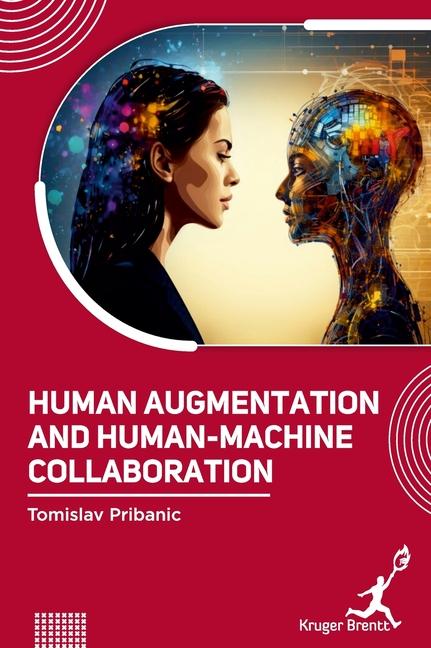
Zustellung: Mi, 18.06. - Di, 24.06.
Versand in 2 Wochen
VersandkostenfreiBestellen & in Filiale abholen:
Human Augmentation Overview: Introduce the concept of human augmentation, which involves enhancing human abilities through technology, including wearable devices, implants, and exoskeletons that improve physical, cognitive, and sensory capabilities.
Wearable Technology: Explore the use of wearable devices such as smartwatches, fitness trackers, and augmented reality (AR) glasses, which provide real-time data and enhance user interaction with their environment.
Cognitive Augmentation: Discuss technologies that enhance cognitive functions, including brain-computer interfaces (BCIs), advanced AI tools for decision support, and cognitive training apps that boost memory, focus, and problem-solving skills.
Human-Machine Collaboration: Address the evolving nature of human-machine collaboration, where AI and automation systems work alongside humans to optimize productivity, improve decision-making, and enhance creative processes.
Ethical and Social Implications: Discuss the ethical and social implications of human augmentation and human-machine collaboration, including privacy concerns, the digital divide, and the potential impact on employment and human identity.
Integration in Various Sectors: Explore the application of human augmentation and collaboration technologies across different sectors, such as healthcare, manufacturing, defense, and education, demonstrating their transformative potential.
Wearable Technology: Explore the use of wearable devices such as smartwatches, fitness trackers, and augmented reality (AR) glasses, which provide real-time data and enhance user interaction with their environment.
Cognitive Augmentation: Discuss technologies that enhance cognitive functions, including brain-computer interfaces (BCIs), advanced AI tools for decision support, and cognitive training apps that boost memory, focus, and problem-solving skills.
Human-Machine Collaboration: Address the evolving nature of human-machine collaboration, where AI and automation systems work alongside humans to optimize productivity, improve decision-making, and enhance creative processes.
Ethical and Social Implications: Discuss the ethical and social implications of human augmentation and human-machine collaboration, including privacy concerns, the digital divide, and the potential impact on employment and human identity.
Integration in Various Sectors: Explore the application of human augmentation and collaboration technologies across different sectors, such as healthcare, manufacturing, defense, and education, demonstrating their transformative potential.
Produktdetails
Erscheinungsdatum
01. Januar 2025
Sprache
englisch
Seitenanzahl
324
Autor/Autorin
Tomislav Pribanic
Verlag/Hersteller
Produktart
gebunden
Gewicht
776 g
Größe (L/B/H)
254/178/19 mm
ISBN
9781787154032
Bewertungen
0 Bewertungen
Es wurden noch keine Bewertungen abgegeben. Schreiben Sie die erste Bewertung zu "Human Augmentation and Human Machine Collaboration" und helfen Sie damit anderen bei der Kaufentscheidung.









